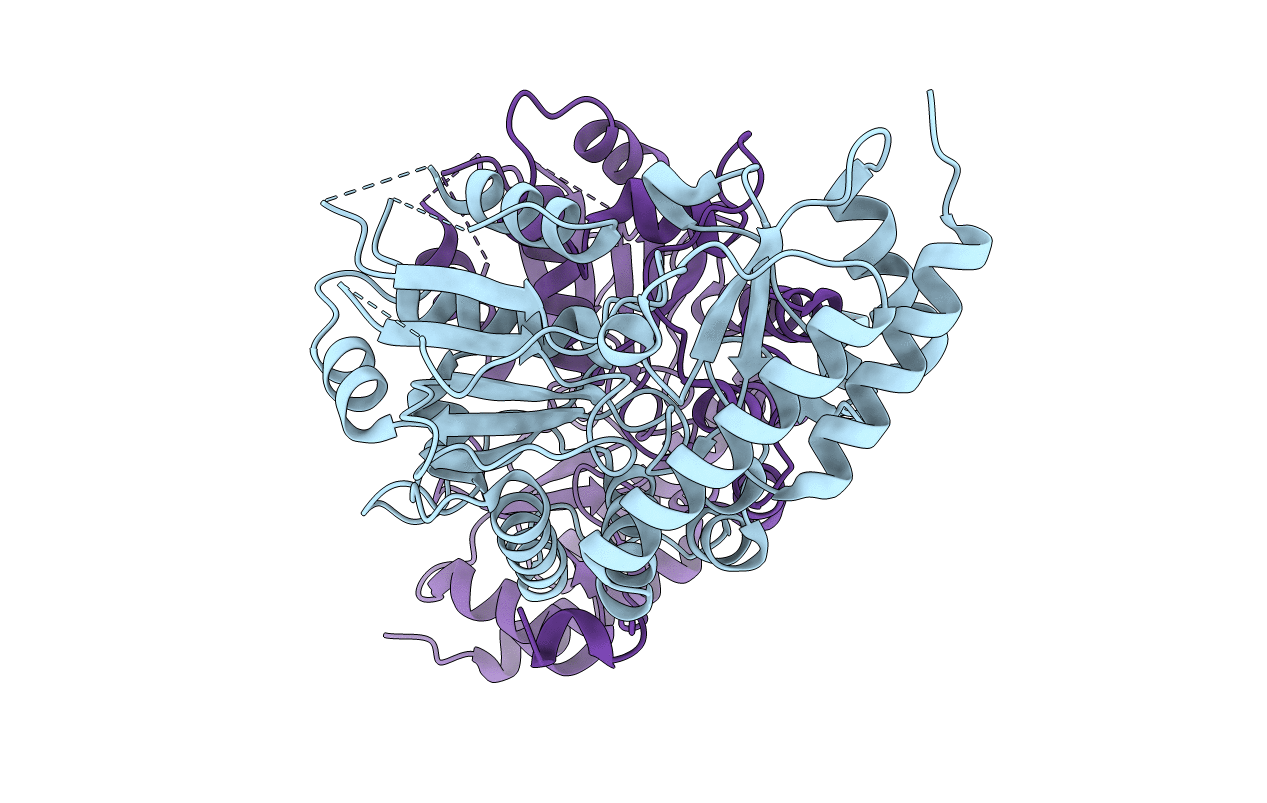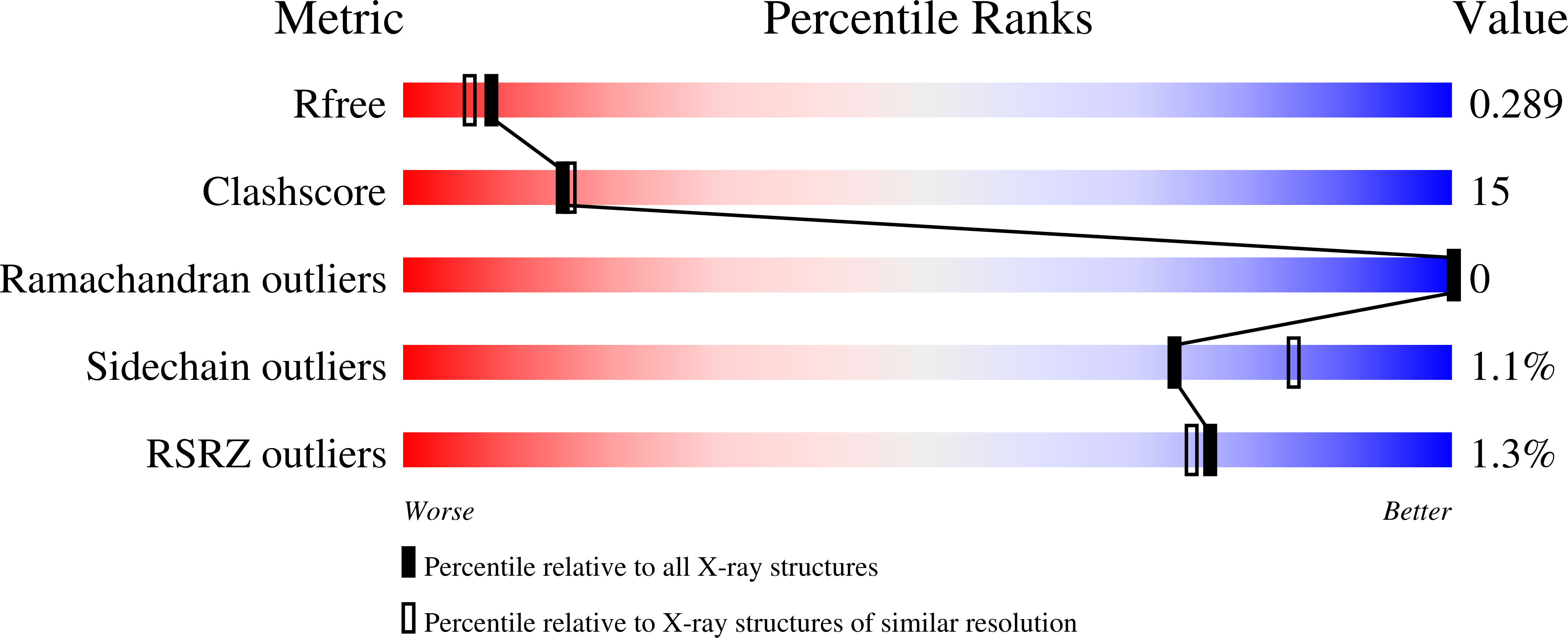
Deposition Date
2021-03-05
Release Date
2022-03-23
Last Version Date
2024-01-31
Entry Detail
PDB ID:
7NS7
Keywords:
Title:
Human L-alanine:glyoxylate aminotransferase minor allele variant: AGXT-Mi (P11L-I340M)
Biological Source:
Source Organism:
Homo sapiens (Taxon ID: 9606)
Host Organism:
Method Details:
Experimental Method:
Resolution:
2.20 Å
R-Value Free:
0.28
R-Value Work:
0.24
R-Value Observed:
0.24
Space Group:
P 41


